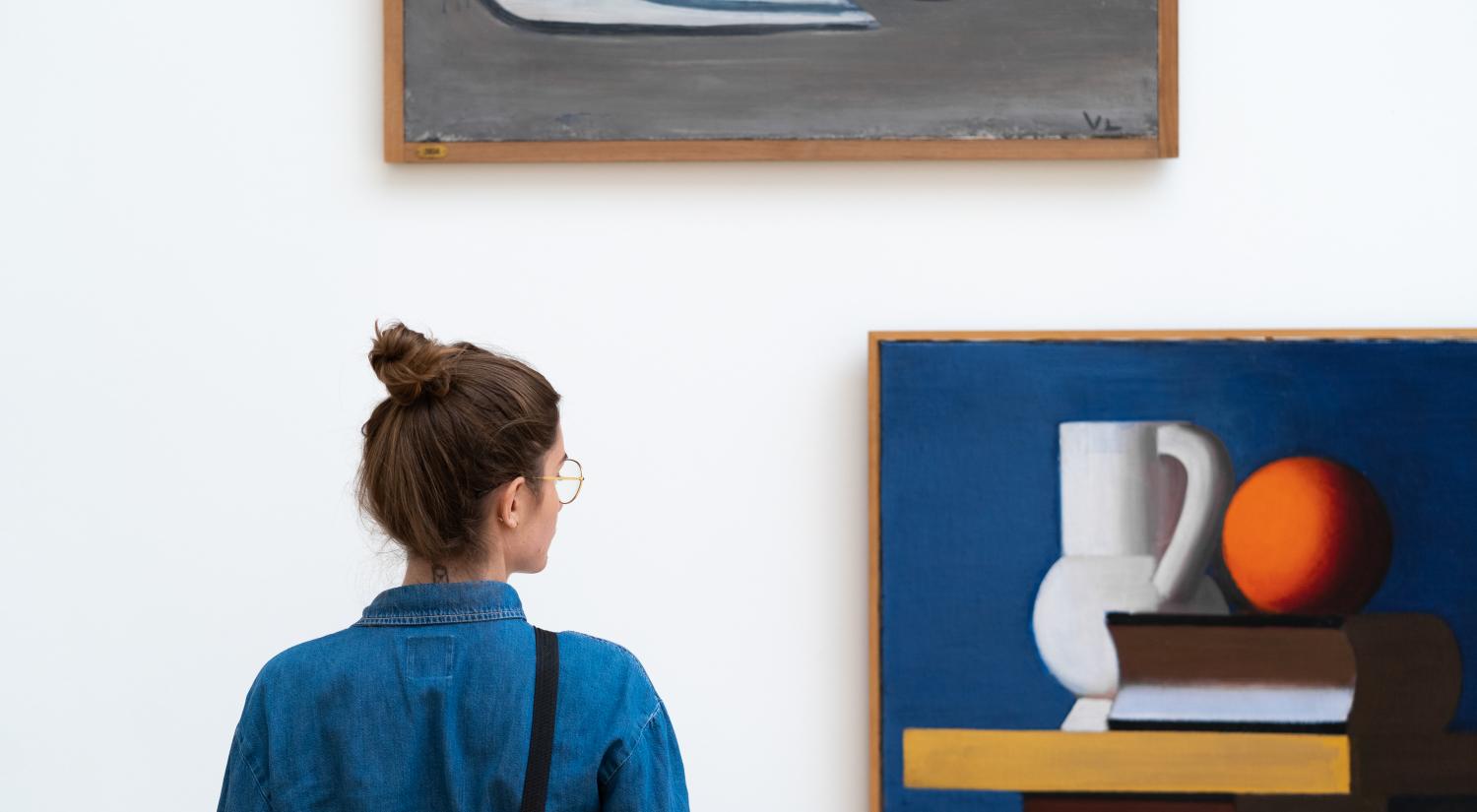The global health crisis brought about by the coronavirus pandemic has far-reaching consequences. The crisis is also affecting the Danish art and culture scene, which is currently dealing with closures, cancellations and widespread uncertainty. The economic impact is considerably and likely to be prolonged.
A crisis situation
All Danish art museums are temporarily closed by the authorities. Today, museums are increasingly operated on commercial terms and rely economically on ticket sales and commercial activities. Hence, the closure is hitting the art museums hard. They are left with significant losses and face the risk of lay-offs and a negative spiral driven by cancelled exhibitions and audience activities that may continue even after the closure orders are lifted. In addition, the museums will undoubtedly feel the impact of a slump in tourism once they reopen. This will almost certainly lead to a drop in visitor numbers that cannot be offset by the return of Danish museum-goers.
Extraordinary fund
The industry is currently engaged in a dialogue with the Danish state and municipal administrations aimed at finding political solutions that are expected to offer museums the same level of compensation as Danish business and industry will receive. More than ever, the museums are key attractions in the tourism and experience economy. In line with the Danish model, where art museums receive funding from the state, municipalities and private foundations, the New Carlsberg Foundation has decided to provide extraordinary support to the museums. To that end, the foundation has established a fund of DKK 30 million that art museums can apply for grants from to implement the activities that will bring the visitors back once they reopen.
‘We expect that the government will launch initiatives that offer a significant degree of compensation to the affected museums, which constitute an important part of the Danish cultural and commercial sector. We have been in touch with the actors in the sector, and we want to do our part to ensure that the art museums can reopen and return to their scheduled programmes and thus, hopefully, reclaim their important role in Danish society. The foundation’s purpose is to promote art and awareness of art in Denmark,’ says Christine Buhl Andersen, chairman of the New Carlsberg Foundation.
Flexibility and a broad scope
Grants from the New Carlsberg Foundation’s extraordinary fund for Danish art museums will not be subject to the same conditions as the foundation’s other grants:
‘Grants from the extraordinary fund will come with a high degree of flexibility. We will be looking less at the specific type of expenditure the grant is allocated to, as long as we can help the museums carry out their programmes. For us, the key point is to help the art museums recover and return to their pre-crisis level as quickly as possible,’ says Christine Buhl Andersen and adds,
‘The extraordinary fund of DKK 30 million for the Danish art museums is made possible by a historically high annual result from Carlsberg A/S. That also means that the extraordinary support for the art museums is not going to detract from the foundation’s other funding areas and thus the other actors in the Danish art world that the New Carlsberg Foundation has direct or indirect collaborations with.’
The New Carlsberg Foundation will shortly announce the application deadline for the extraordinary fund for the Danish art museums.
Joint effort by three foundations
The New Carlsberg Foundation’s extraordinary fund for the Danish art museums is established as part of a joint targeted emergency effort by the three foundations in the Carlsberg family: the Carlsberg Foundation, the Tuborg Foundation and the New Carlsberg Foundation. Read more.



